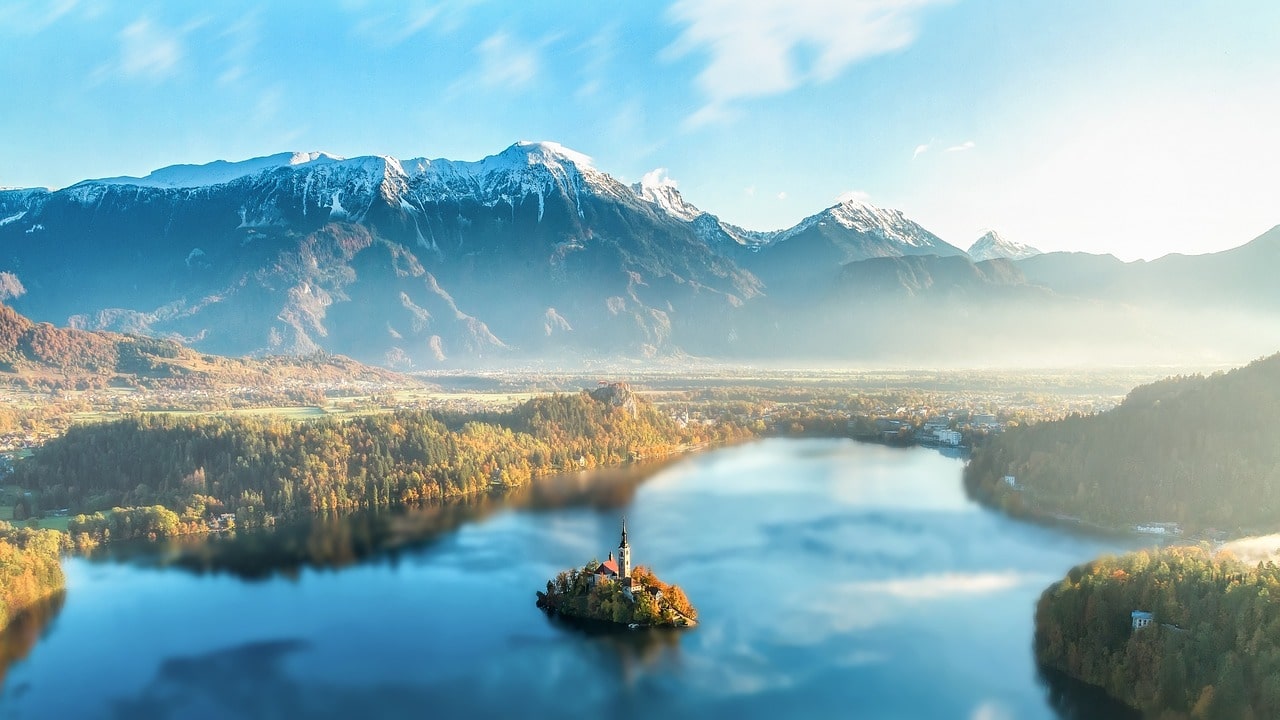
A new report details how EU financing of developmental projects should redirect funds to projects that focus on the inherent connection between people and nature in order to achieve necessary climate targets such as those laid out in the EU restoration law. The report, co-authored by a coalition of more than 19 environmental organizations including the World Resource Institute, Gold Standard, The Nature Conservancy, EIT Climate KIC, Rainforest Alliance, and Commonland, focuses on the application of an investment concept called “Landscape Finance” that supports holistic landscape restoration and, in doing so, can aid the implementation of key sustainability initiatives in Europe - such as the European Green Deal.
The landscape finance approach considers, among other recommendations, a reevaluation of the traditional ‘grey infrastructure’ investment approach, which relies on human-made development and already amasses a large amount of EU-level funding - 97 billion for roads, railways, inland waterways, maritime ports, airports, and 27 billion on existing transport infrastructure.
Landscape finance includes a holistic landscape perspective in infrastructure investments and aims to combine grey infrastructure with green, otherwise known as natural infrastructure. The combination of these two types of infrastructures provides not only financial returns but also inspirational, social and natural “returns” for communities living in the landscapes where it’s applied. A combined infrastructure approach is more climate resilient and cost-effective than entirely grey infrastructure, which is less future-proof and has higher maintenance costs.
The report lays out how landscape finance, as a framework, centres on the development of a solid platform comprising a mix of activities and funding that enable the development and scaling of restoration activities and drive down risks for investors. Taken together, the activities and funding of a landscape partnership, ecosystem restoration, and early- stage businesses can form a foundation that enables the mobilisation of private investment capital to scale activities to the landscape level. These core elements create an environment with aligned stakeholders, reduced business and investor risks and investable restoration activities.
Highlights:
- Economic studies show that the financial benefits of restoration are on average 8-10 times greater than the initial investment costs across all types of ecosystems. These include benefits like enhanced food production, carbon sequestration, and storage, as well as improved water quality and cycling.
- In Europe, the restoration of biodiversity-rich land protected under the Habitats Directive is estimated to cost EUR 154 billion but generates benefits valued at EUR 1,860billion, resulting in a cost-benefit ratio of 1:12.3. Landscape restoration investments are often compared to traditional agriculture investments, but actually have more in common with infrastructure investments.
- As Landscape Finance addresses key finance barriers to investing in green infrastructure, it is an effective way to finance nature restoration.
The report concludes with Key Policy Recommendations to EU actors:
- Landscapes and landscape partnerships need to be recognized in policy frameworks for transformative change and multiple targets.
- Public finance can play a crucial and catalytic role in advancing Holistic Landscape Restoration.
- Within Holistic Landscape Restoration, infrastructure investments should adopt a long-term holistic perspective, incorporating the restoration of green infrastructure to enhance climate resilience.
Large-scale finance for nature restoration in Europe is possible and within sight, as the landscape finance approach addresses the existing barriers to the mobilisation of funding for nature restoration. This report provides key recommendations for creating an enabling environment for holistic landscape restoration with aligned policies, offering a clear pathway towards the development of large-scale landscape finance structures to advance holistic landscape restoration across the continent.
